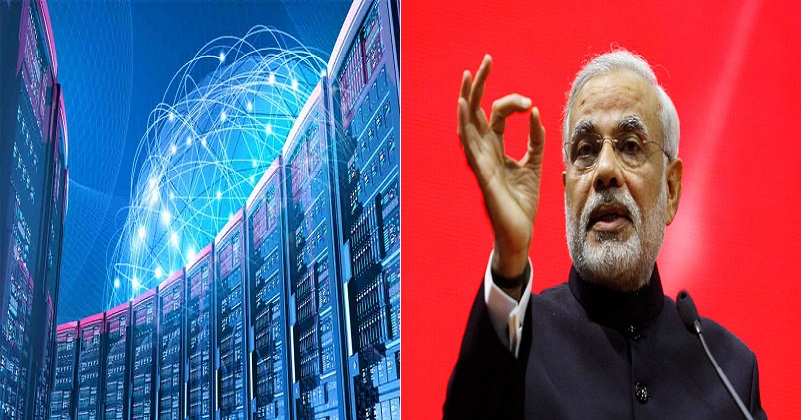
National Supercomputing Mission (NSM) launched in 2015, NSM is the only dedicated programme launched to boost India’s supercomputing capacity.
The Rs 4,500-crore, seven-year-long programme is spearheaded by the Centre for Development of Advanced Computing (C-DAC) and Indian Institute of Science (IISc), under the Department of Science and Technology (DST) and Ministry of Electronics and Information Technology (MeitY). As part of the programme, a network of over 70 supercomputers will be installed in multiple national-level research and academic institutions.
These machines will be part of the National Supercomputing grid over the National Knowledge Network (NKN), which will have wide-scale applications in the fields of climate modelling, weather prediction, aerospace engineering , computational biology, molecular dynamics, atomic energy simulations, national security and defence applications, seismic analysis, disaster prediction and management, computational chemistry, big data analytics, finance and more. By March next year, the first three supercomputers under NSM will be operational at Banaras Hindu University (IIT), Indian Institute of Science, Education and Research (IISER),Pune and IIT-Kharagpur.
Under NSM, the long-term plan is to build a strong base of 20,000 skilled persons who will be equipped to handle the complexities of supercomputers. They will be trained over the next five years and will become one of the largest ever dedicated human resource bases equipped to use these mighty computers. Several IITs and NITs, along with the C-DAC, are presently conducting courses and training sessions for the mission, and about 2,000 people have already been trained.
PARAM Shavak is one such machine that has been deployed to provide training. So far, 2,000 people have been successfully trained and over 100 courses are being conducted for this purpose. PARAM Shavak, which is best suited for research or academic institutions, will soon switch to using advanced computational facilities for research purposes.

Post Your Comments